Tongue Toast
We’ve had our run-ins with tongue before here at the Tribunal. We spent the entire month of October eating toast. Now these two worlds collide in the form of tongue toast, a sandwich that, according to Wikipedia, is made with beef tongue and scrambled eggs, served open-faced over toast.
The tongue, though. How does one prepare it? The Wikipedia article calls for sauteed tongue. Many of the vintage tongue toast recipes I’ve found though (and they’re all vintage–tongue toast is not currently en vogue) call for salted or smoked tongue. I’ve never been 100% pleased with my efforts at preparing tongue before–the skin is tough to peel and the lean texture of the meat requires a long, slow cooking process or it ends up tough and chewy. This time I opted to cure the tongue in brine for a week, then simmer to gently cook and loosen the skin for peeling before finishing the tongue in the smoker.
- Beef tongue, cured, simmered, and peeled
- Cured and smoked beef tongue
I simmered it in beef bouillon, to try and keep too much salt from leaching out of the meat, and smoked it for just a couple of hours with hickory. This method resulted in the most tender tongue I have yet prepared. Some of the salt from the curing process did go away during the simmer, but it retained some of the cured flavor and the bright pink color.
I then set about recreating some of the historical tongue toast recipes I’d found.
Escoffier
Escoffier’s version of the recipe is a bit of an outlier, but still memorable enough (this was the man who introduced French cookery to the U.S., after all!) to warrant a mention in the Wikipedia article:
Tongue toast was also served… as a star-shaped appetizer stamped out of buttered toast with mustard butter added to it.
This recipe comes from The Escoffier Cook Book and Guide to the Fine Art of Cookery, an English translation of Escoffier’s 1903 Guide Culinaire that was first published in the U.S. in 1907.
Now, I was unable to find Escoffier’s recipe for mustard butter–perhaps it was a more common condiment to have on hand in the early 20th century–but some google-fu and adaptation told me that a mixture of a half-stick of butter with a tablespoon of Dijon mustard, a couple dashes each of fish sauce and Worcestershire, and a pinch of white pepper and garlic powder would make a reasonable facsimile.
Of course even once the butter had stiffened up I found it next to impossible to cut through meat, butter, and toast with a star-shaped cookie cutter, so I cut the meat and buttered toast separately. Furthermore, it turns out that I’m absolutely terrible at piping rosettes, and besides the piping tip I used was far too big for this purpose anyway.
But the bright and pungent mustard butter was a fine complement to the smoky and tender tongue, and while the rosettes tipped the balance a bit too far in mustard’s direction, these were quite good! Hooray for France I guess!
The Ladies of Toronto
This recipe isn’t so much one I followed as the closest representation of the sort of amalgam recipe I settled on early when researching these. Often I read many recipes, find the commonalities to try to understand the soul of the recipe, and then come up with my own take that is true to what I take as the essential spirit of the recipe. That is what I did with tongue toast. WhenI then looked back over the recipes I’d found I realized that this one is, in fact, exactly how I’d been cooking it all along.
Some of the recipes called for taking the dried up remnants of a tongue and grating them. I preferred the instructions here, to mince it into fine pieces.
I have left over from a previous sandwich investigation some metal plates, good for putting under the broiler or just leaving in the warmer for such purposes as keeping some buttered toast nice and hot.
The recipe calls for mixing the minced tongue in a pan with some heavy cream–I used just enough cream to cover the minced tongue, seasoned with salt and pepper, and then slowly mixed in the egg yolks, allowing them to thicken the cream into a kind of gravy.
Now by the time I had grabbed the plate with toast from the warmer, and got the camera ready, etc., the final mixture did look a bit more like scrambled eggs. But at first, the egg yolk merely thickened the cream, leaving it nice and smooth and, well, creamy, much like a milk gravy or a bechamel.
Sounding familiar? It sure looked familiar to me. Before the egg yolk curdled into a scramble, it looked quite a bit like creamed chipped beef on toast, known in some circles as shit on a shingle, or SOS.
Ideal Breakfast Dishes, Savouries, and Curries
Herman Senn Charles appears to have published dozens of cookbooks around the turn of the 20th Century, though I have not as yet been able to learn much else about the author. Given the spelling of “Savouries” in this book’s title, I’d venture to say he’s not from around these parts, but who knows? His version of tongue toast takes the basic egg-and-cream gravy but fancies it up a touch.
The gravy itself is improved by the addition of nutmeg and parsley, but coating the gravy in bread crumbs and then toasting it under the broiler seems like an unnecessary flourish. The recipe calls for serving on a napkin or “dish paper,” whatever that is, garnished with parsley. Trying to stay in the spirit of things, I served them on a kitchen towel.
The extra toasting really does not make them any more attractive to look at, though the bread crumbs do help keep the gravy from spilling off the smaller slices of bread. Taste-wise, this is much like before, though as I say, I do appreciate the addition of nutmeg.
Prairie City
The Prairie City Cookbook version of this recipe I found really drives home the link between tongue toast and SOS. Some other recipes have mentioned to thicken the gravy with butter and flour, especially if making tongue toast in larger quantities. This recipe, though… Well, take a look.
Making a roux of flour and butter, then heating over low heat while slowly adding milk, then finishing with seasonings and other ingredients? This is exactly the method for making creamed chipped beef on toast, and country gravy for biscuits and gravy or chicken-fried steak or any number of other uses, not to mention homemade macaroni and cheese or any other recipe that starts with a bechamel, or white cream sauce.
And that is exactly what this is–shit on a shingle, but made with smoked tongue instead of the little packets of dried hormel beef that I can never find at the store. The touch of cayenne here is key, though this is the kind of meal I’ll usually douse in Louisiana Hot Sauce regardless.
And as thrilled as I was to realize this connection, I don’t know where to go with it. It seems clear that the recipes share DNA, and my storytelling mind wants me to believe that creamed chipped beef on toast is a more cheaply-made descendent of tongue toast, better suited for feeding a camp full of scouts or a barracks full of soldiers. As thin as the documentation I’ve found is, though, that speculation is as far as I can take it for now.

I like sandwiches.
I like a lot of other things too but sandwiches are pretty great


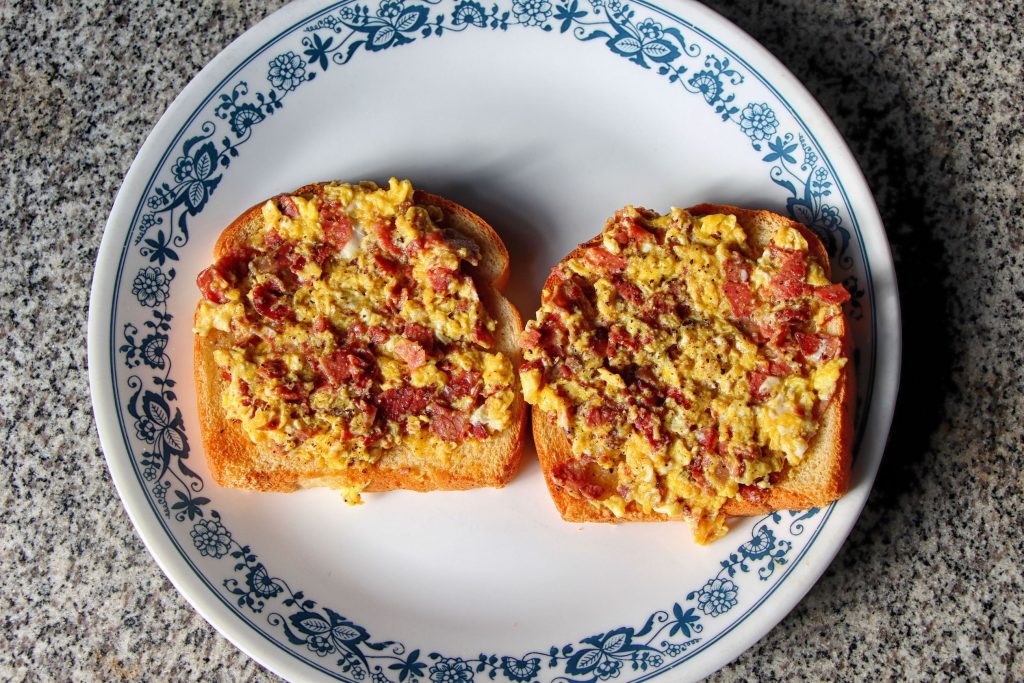
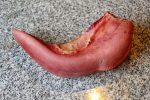
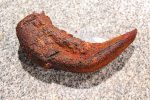
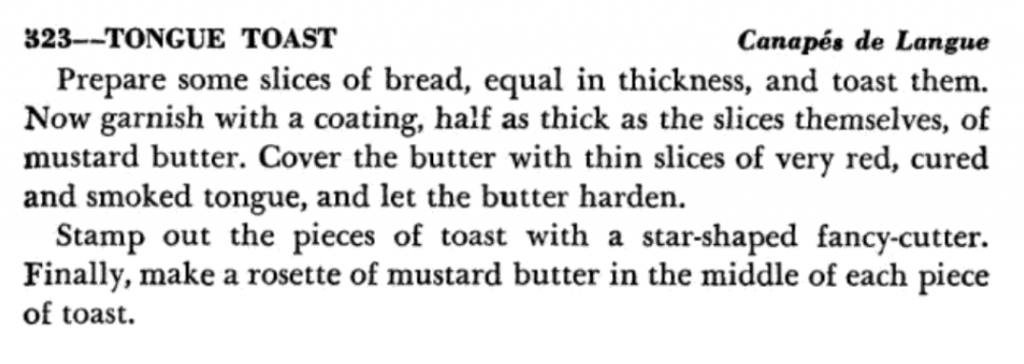
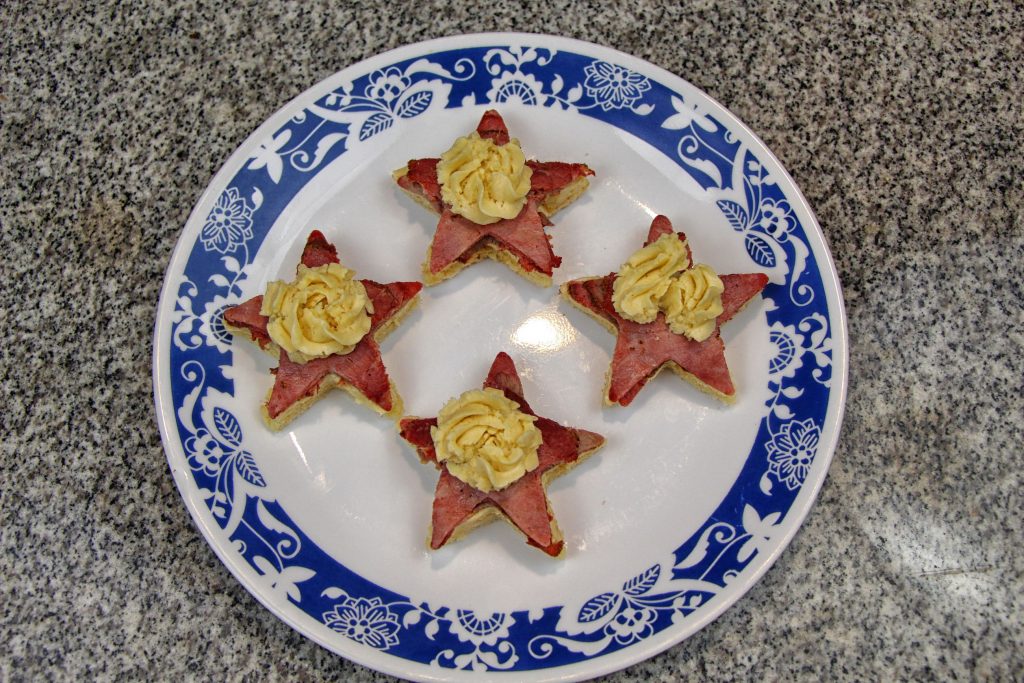
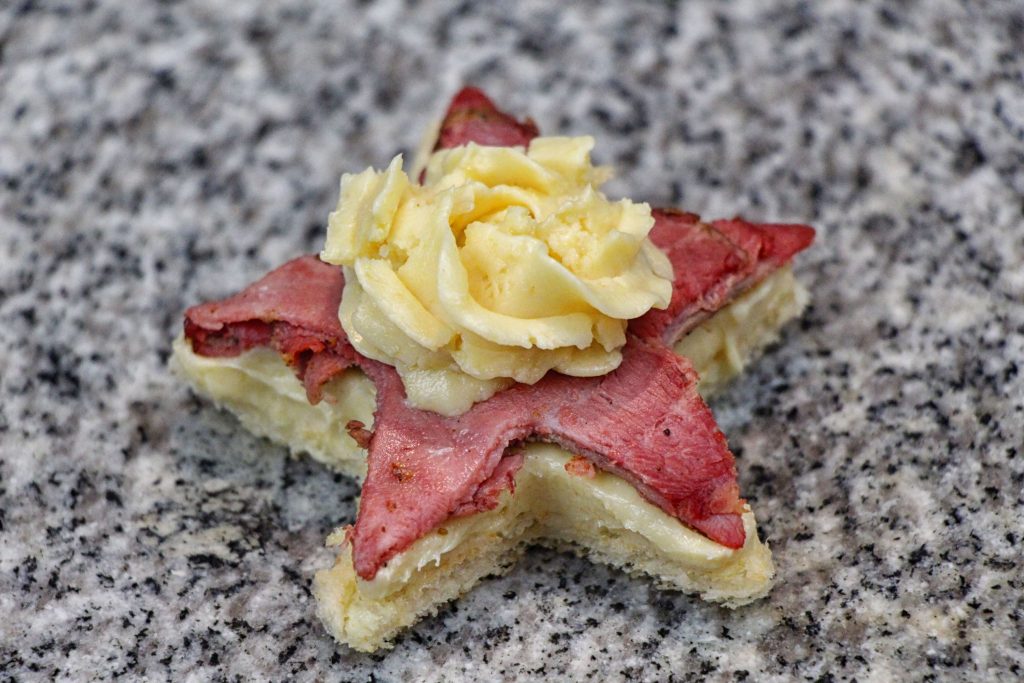
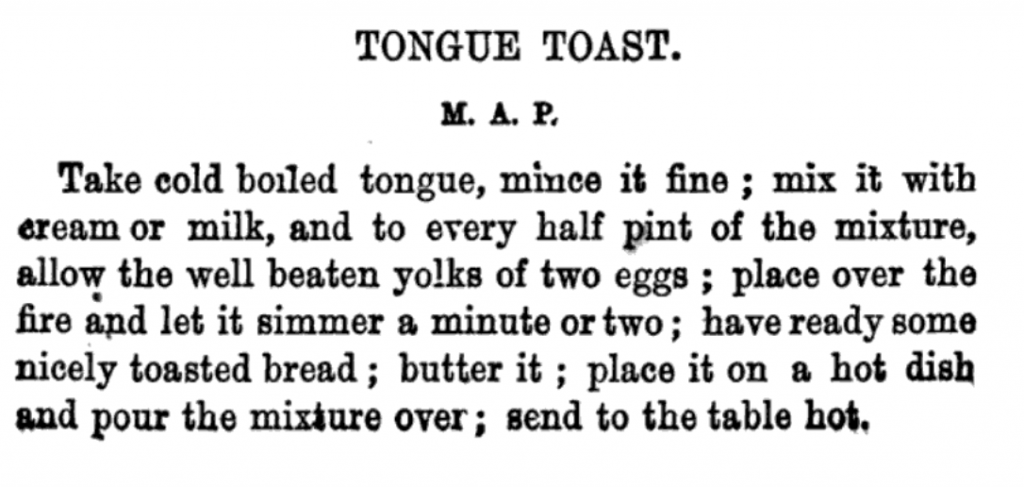
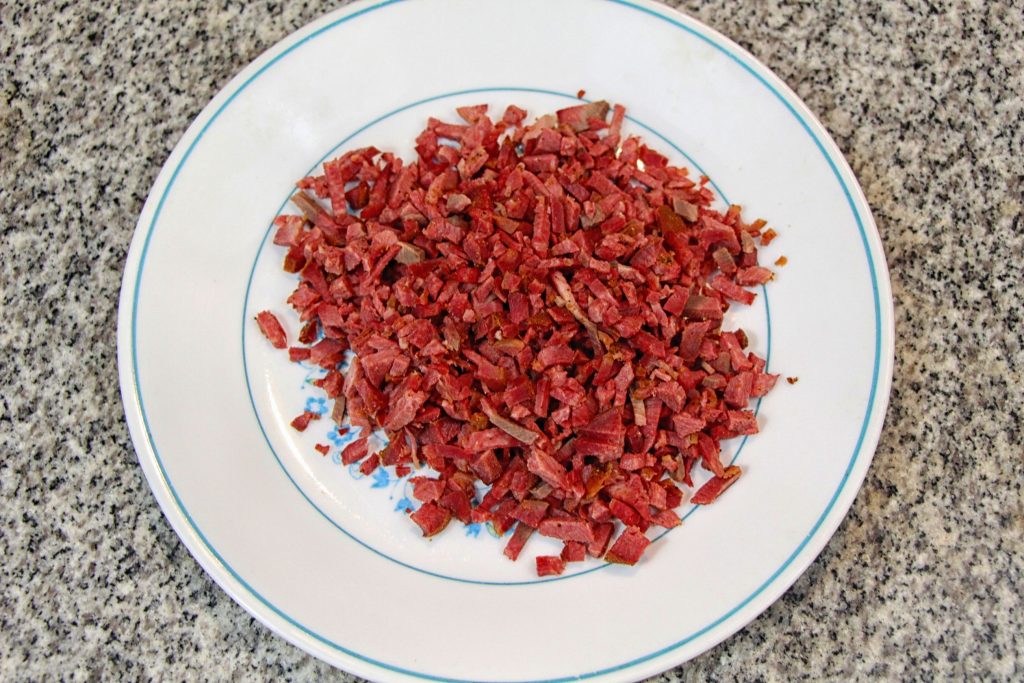
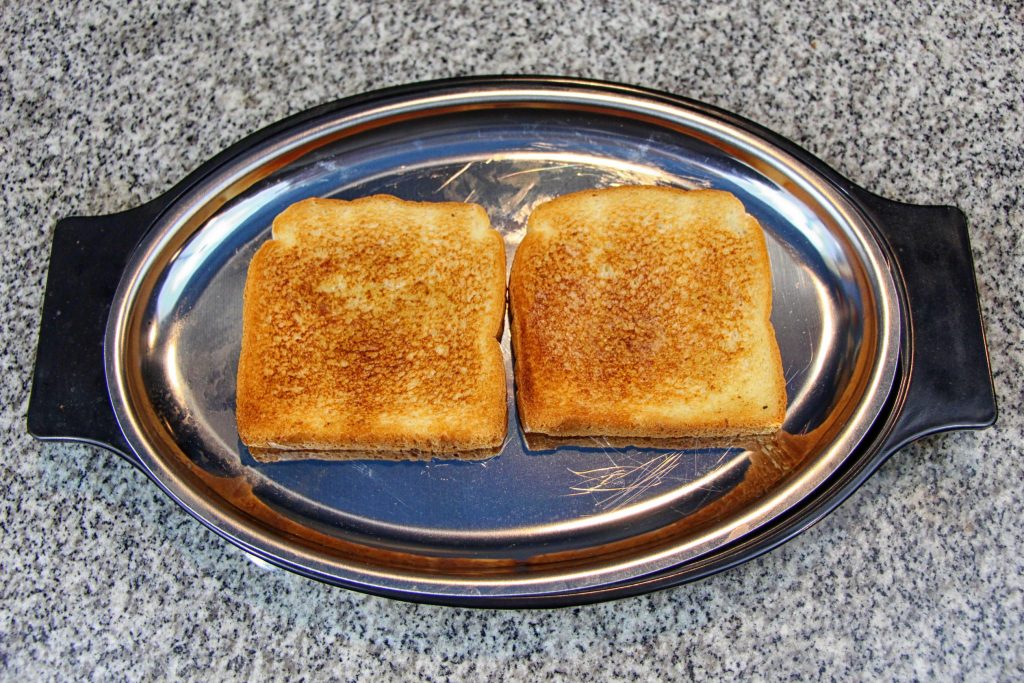
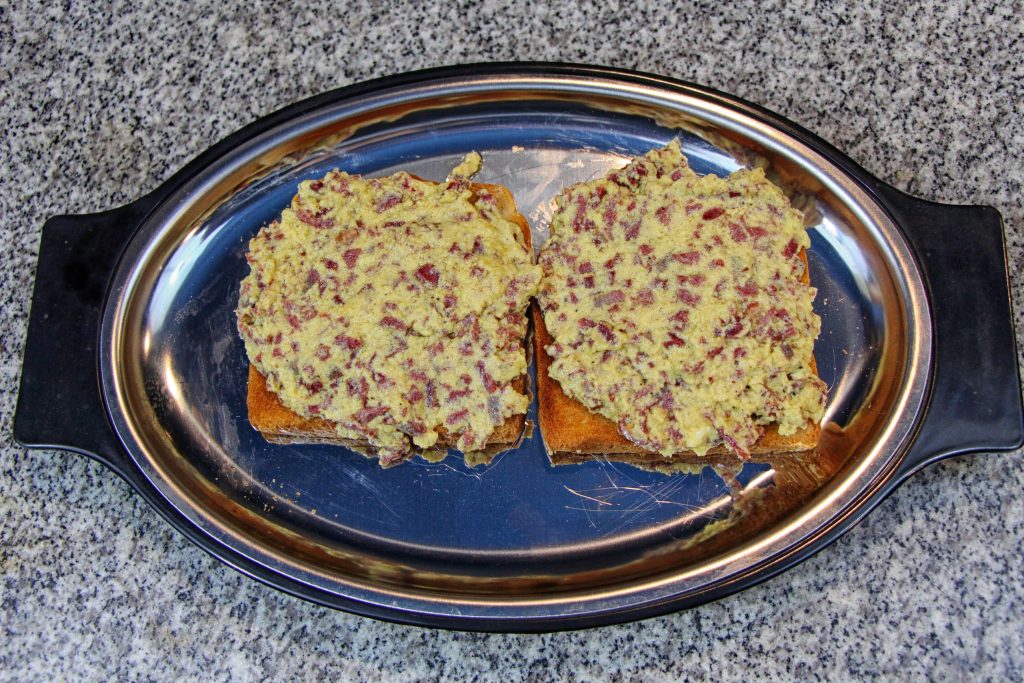
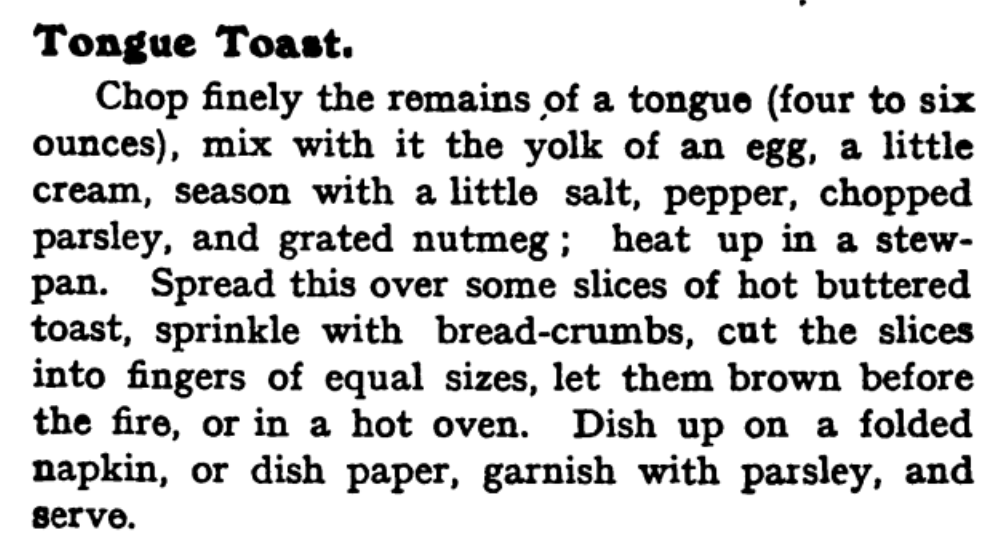
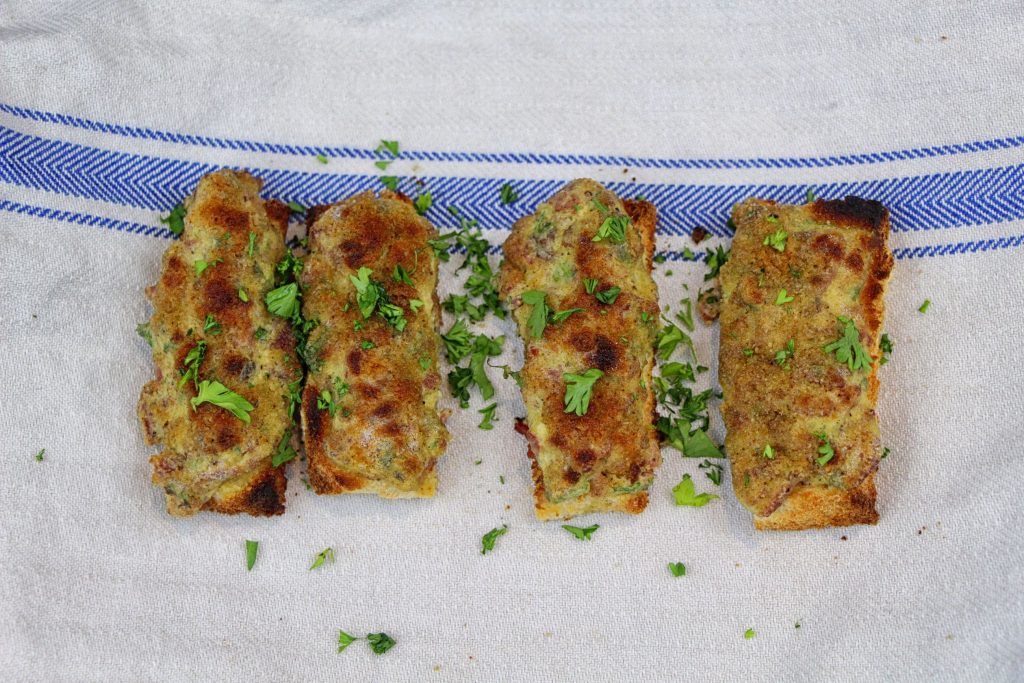
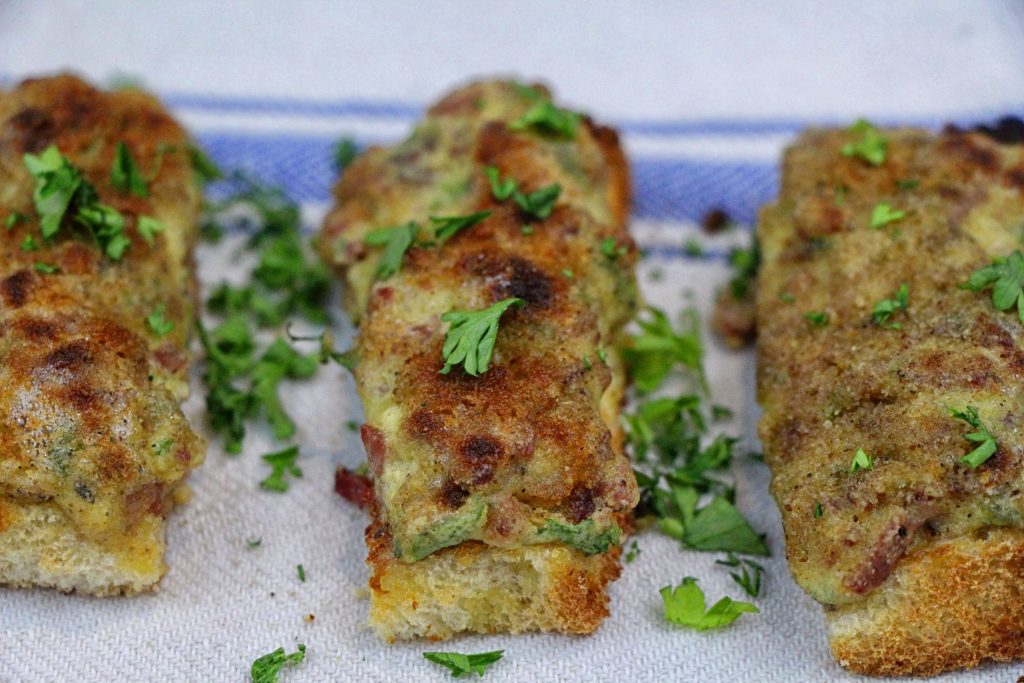
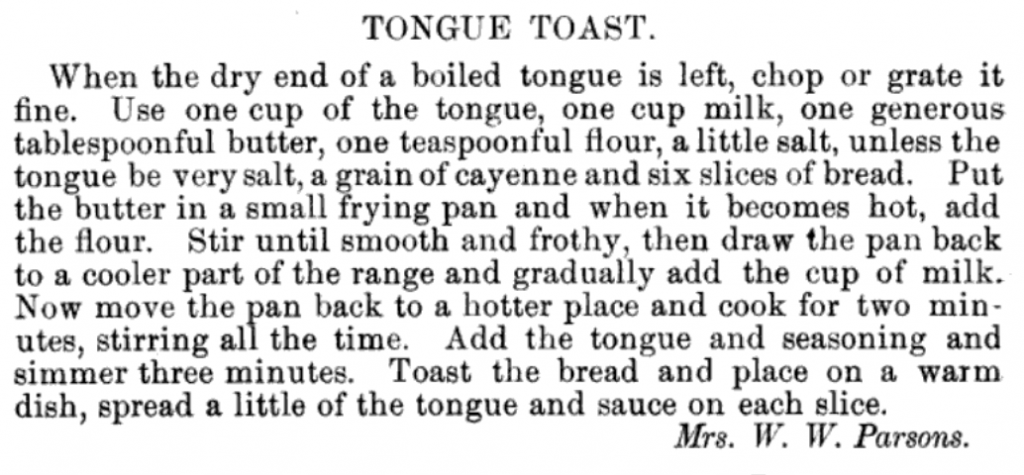
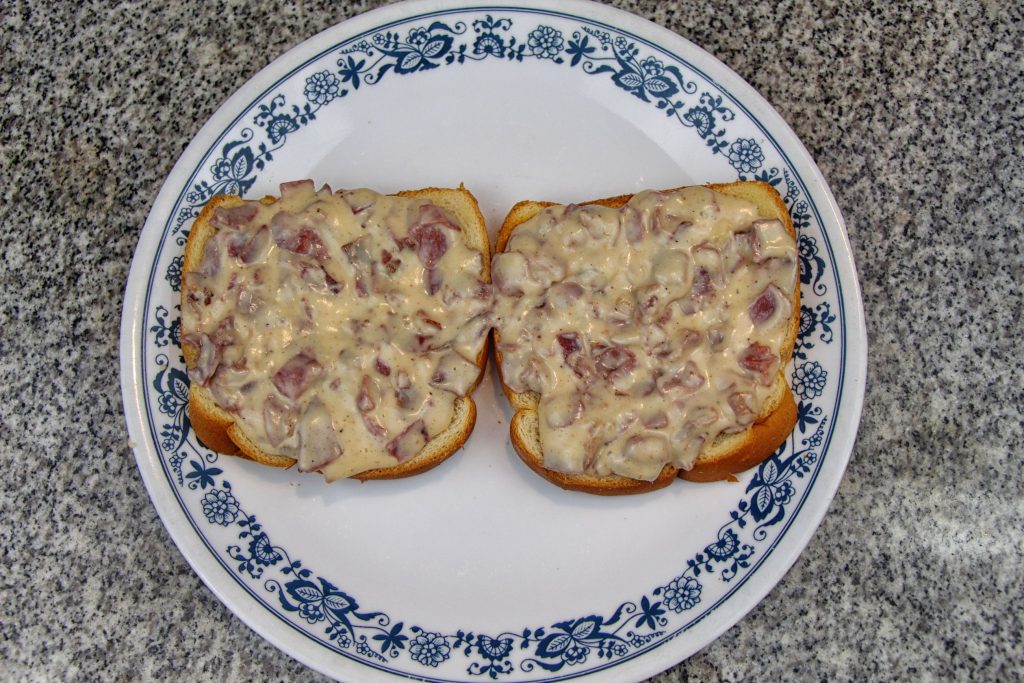
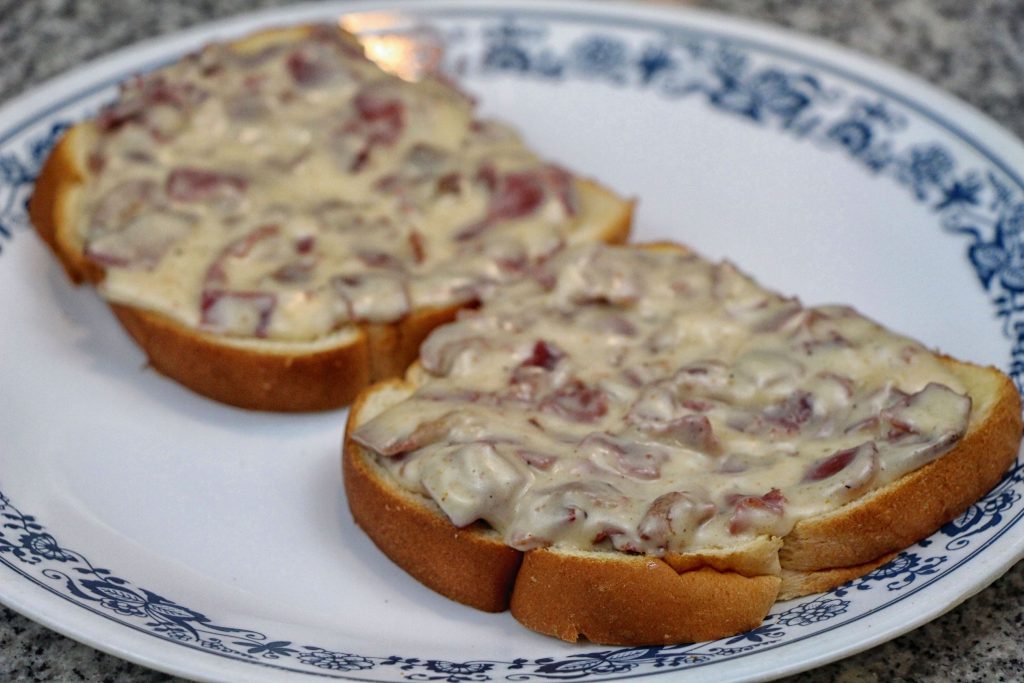









Recent Comments